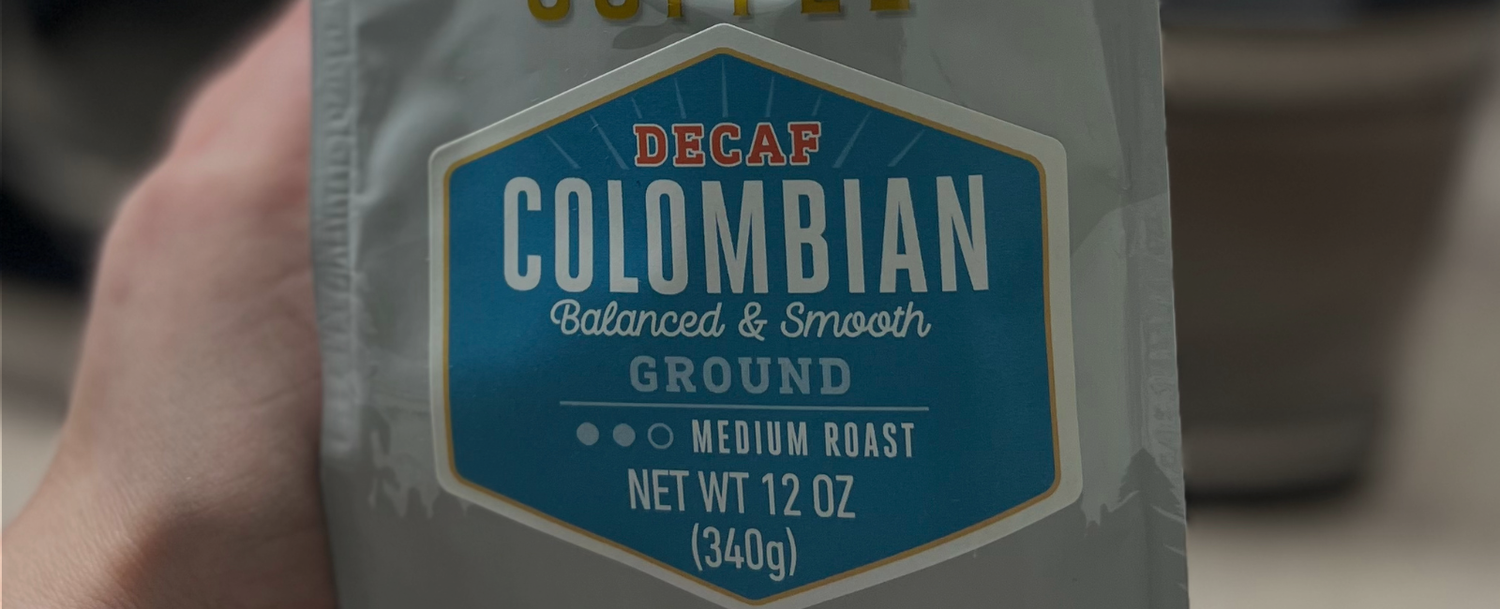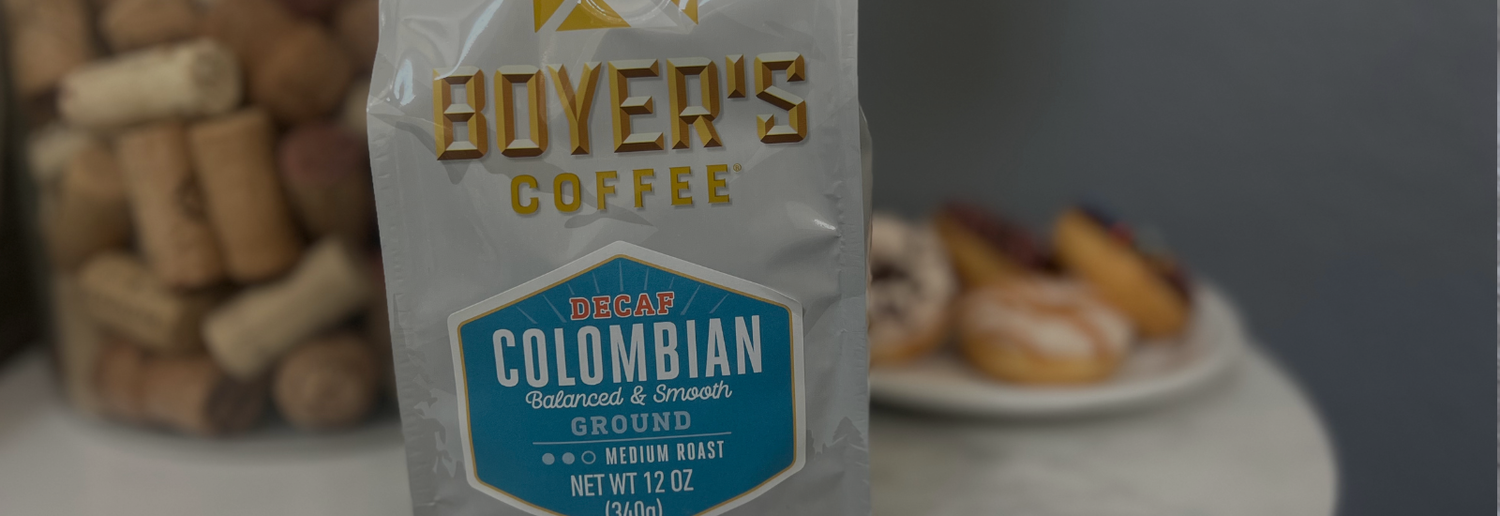How Decaf Works
There are two main decaffeination methods:
Solvent-Based Extraction: Uses substances like Methylene Chloride (MC) or Ethyl Acetate (EA) to remove caffeine.
Water-Based Osmosis: Uses water to move caffeine out of the beans through diffusion.
Solvent-based methods are more common and cost-effective, used since the early 1900s. Water-based methods, like Swiss Water®, are newer and 100% chemical-free.
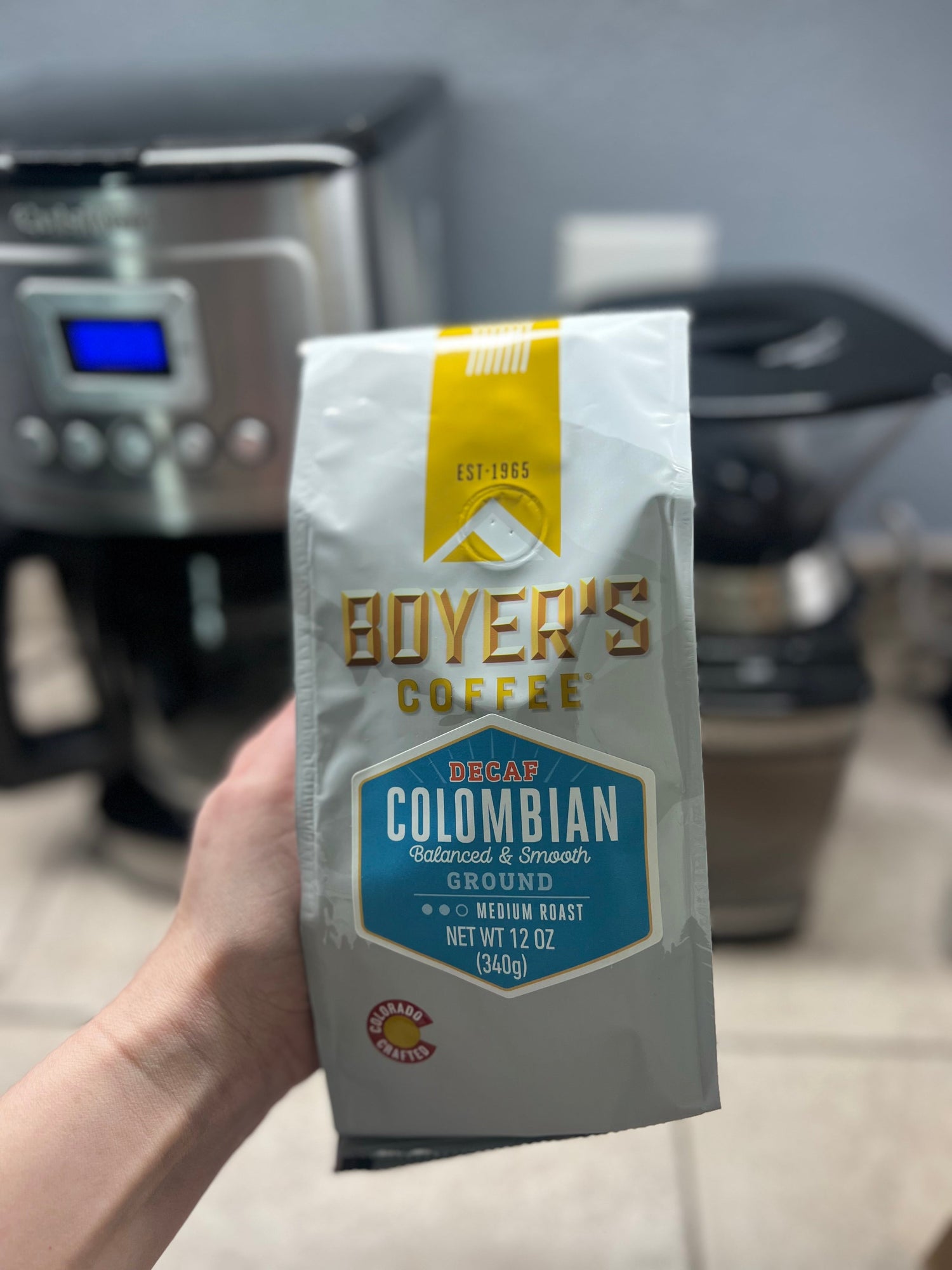
Why We Use Methylene Chloride (MC)
MC gets a bad rap, but here’s what you should know:
- It preserves coffee flavor better than EA.
- It’s FDA-approved with a safety limit of 10 parts per million.
- Our decaf coffee contains only 0.5 parts per million—well below the limit.
Our beans are decaffeinated in Germany, where decaf was first developed. We receive a Certificate of Analysis (C of A) for every lot, verifying ultra-low MC levels and consistent safety.
What We Don’t Use
We do not use Ethyl Acetate (EA)—despite its “natural” label, it’s typically made from synthetic ethyl sources, not truly natural ingredients.
DECAF COFFEES
-
Butterscotch Toffee Decaf Coffee
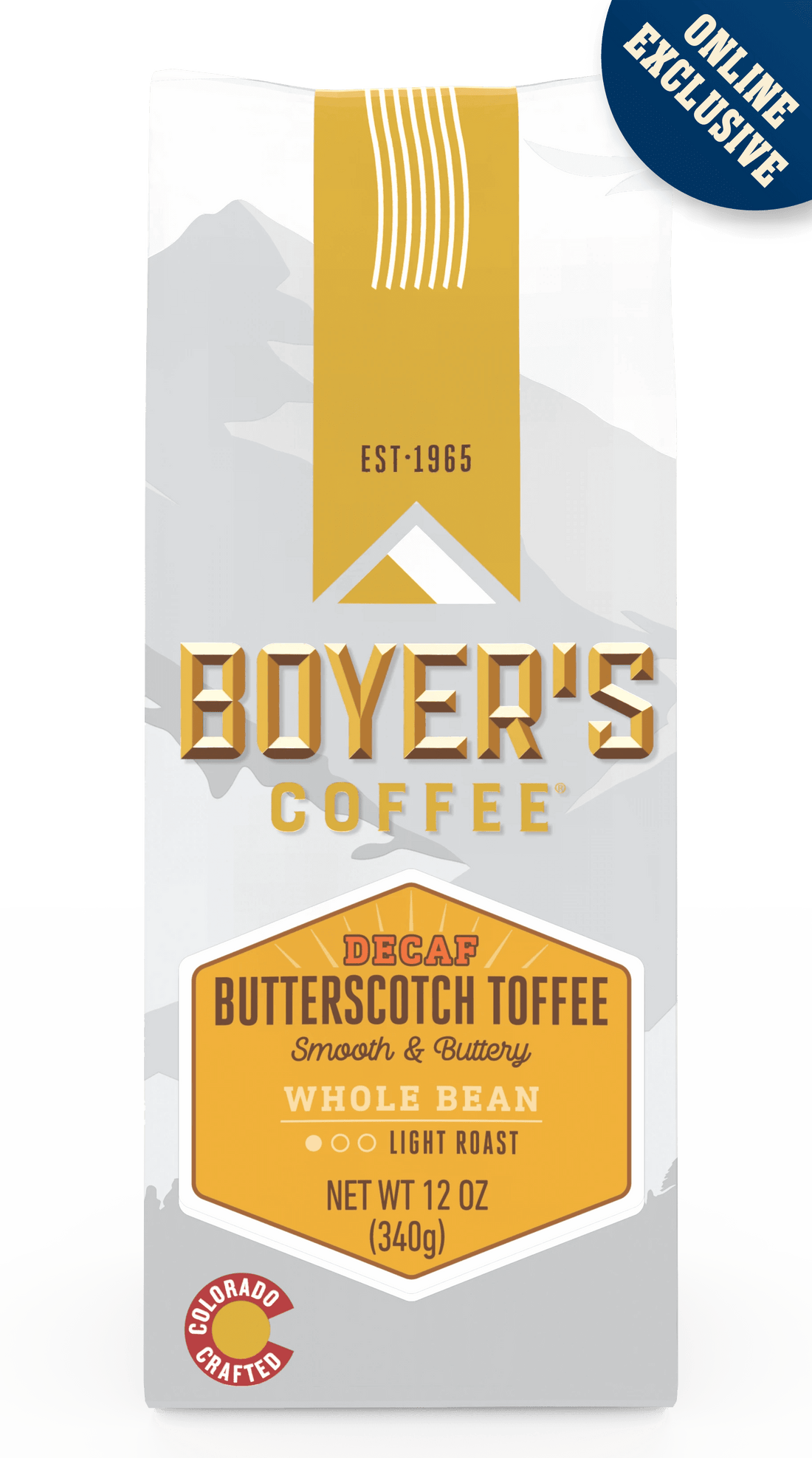 Butterscotch Toffee Decaf Coffee
Butterscotch Toffee Decaf Coffee- Regular price
-
$ 16.99 - Regular price
-
$ 16.99 - Sale price
-
$ 16.99
-
Colombian Decaf Coffee
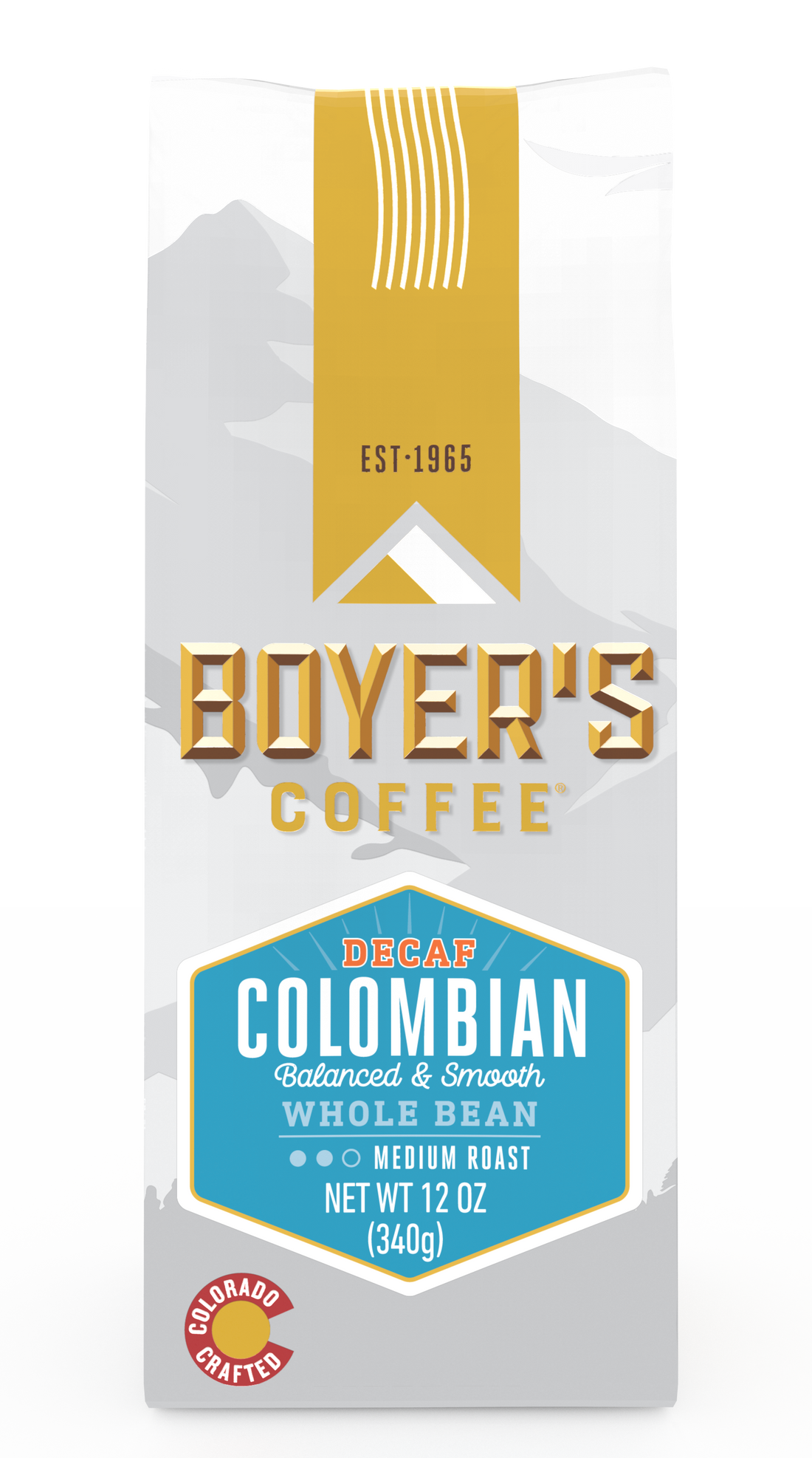 Colombian Decaf Coffee
Colombian Decaf Coffee- Regular price
-
$ 16.99 $ 82.57 - Regular price
-
$ 16.99 - Sale price
-
$ 16.99 $ 82.57
-
Mountain Roast Decaf Coffee
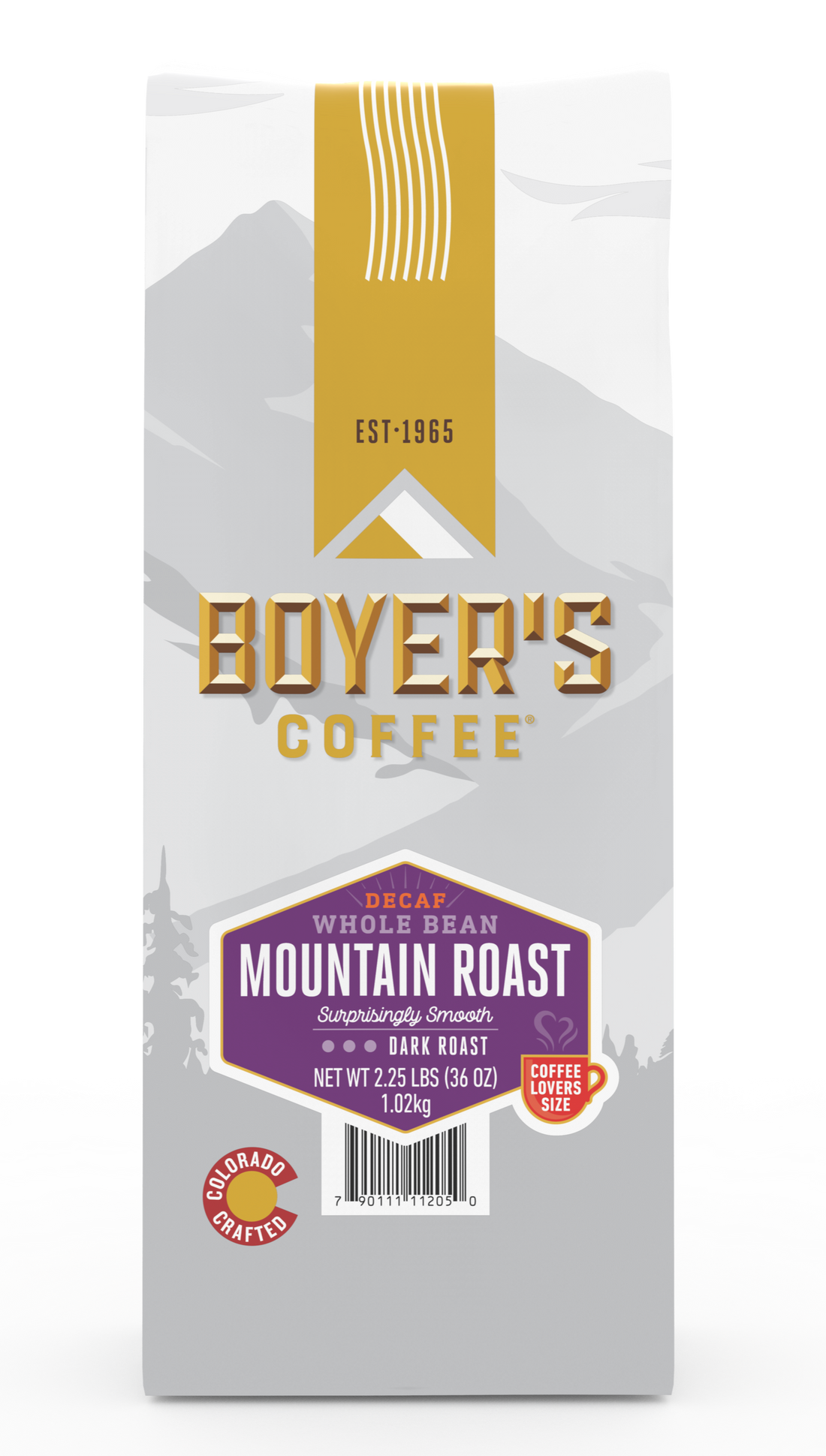 Mountain Roast Decaf Coffee
Mountain Roast Decaf Coffee- Regular price
-
$ 30.99 - Regular price
-
$ 30.99 - Sale price
-
$ 30.99
-
Swiss Mocha Almond Decaf Coffee
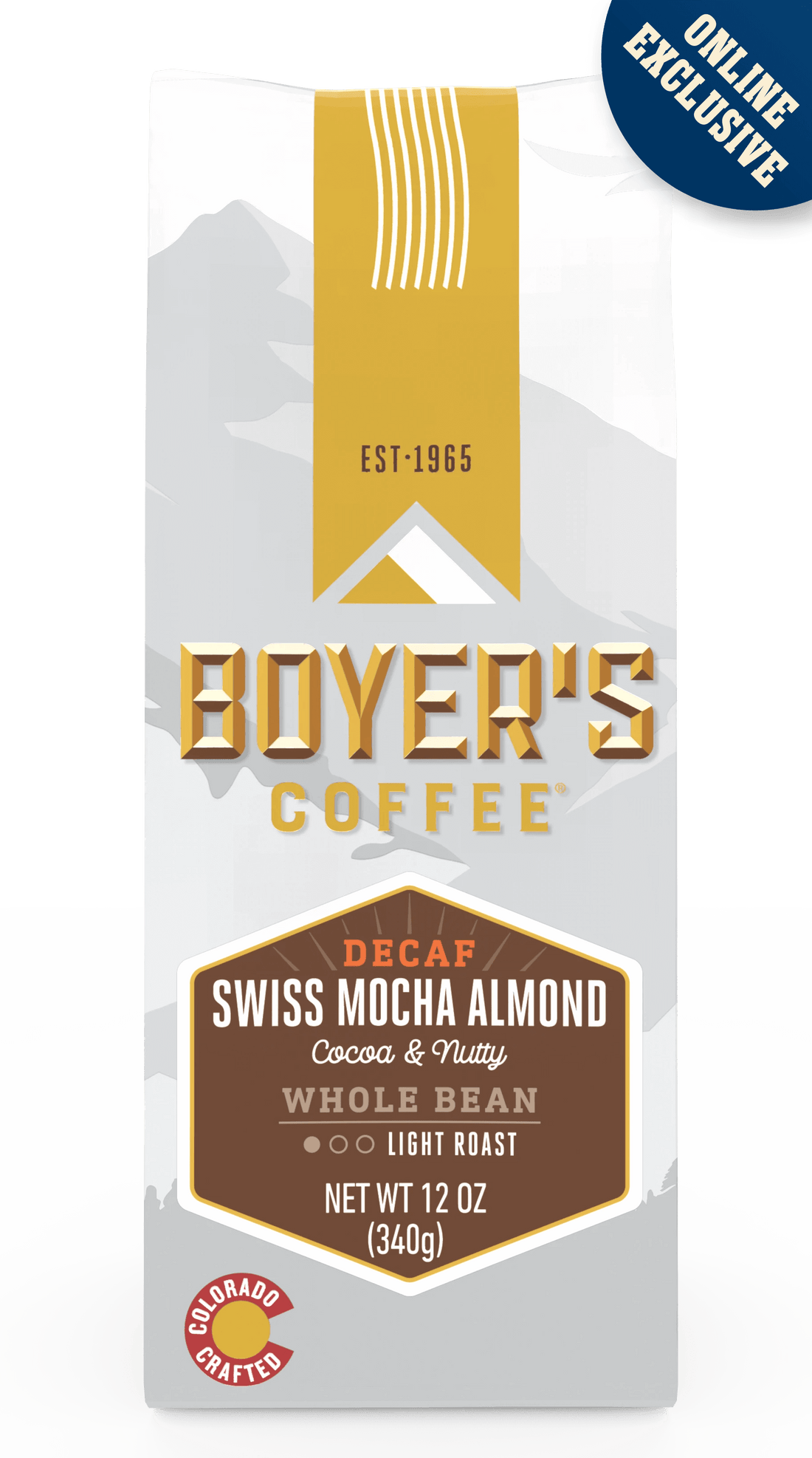 Swiss Mocha Almond Decaf Coffee
Swiss Mocha Almond Decaf Coffee- Regular price
-
$ 16.99 - Regular price
-
$ 16.99 - Sale price
-
$ 16.99
The Numbers Behind Our Decaf
Caffeine content: 0.064% remaining (that’s 99.4% caffeine-free)
MC content: Just 0.5 parts per million
Taste: Smooth, clean, and on par with our regular coffee
Want 100% Chemical-Free Decaf?
We’ve got that too.
If you prefer Swiss Water® processed coffee—decaffeinated using only water, with zero chemicals—you can shop our sister brand, Boulder Organic Coffee, for a fully natural option.


